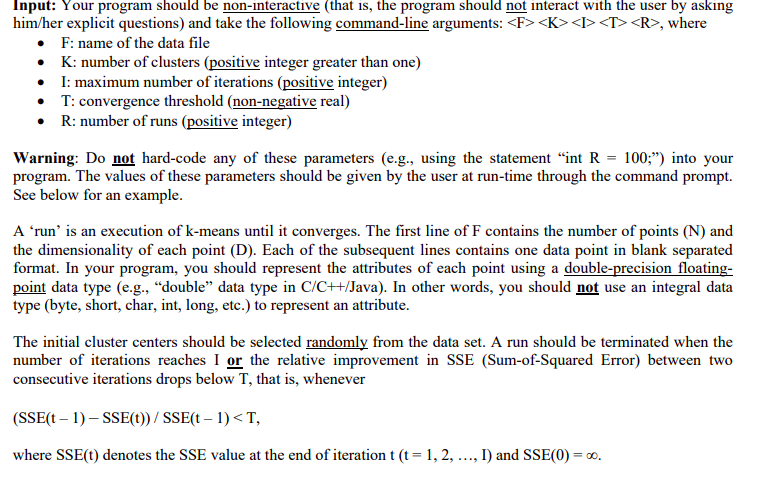Answered step by step
Verified Expert Solution
Question
1 Approved Answer
Can someone help with me data clustering and the k means algorithm. However, I'm not able to list all of the data sets but they
Can someone help with me data clustering and the k means algorithm. However, I'm not able to list all of the data sets but they include: ecoli.txt, glass.txt, ionoshpere.txt, iris_bezdek.txt, landsat.txt, letter_recognition.txt, segmentation.txt vehicle.txt, wine.txt and yeast.txt





Step by Step Solution
There are 3 Steps involved in it
Step: 1

Get Instant Access to Expert-Tailored Solutions
See step-by-step solutions with expert insights and AI powered tools for academic success
Step: 2

Step: 3

Ace Your Homework with AI
Get the answers you need in no time with our AI-driven, step-by-step assistance
Get Started


